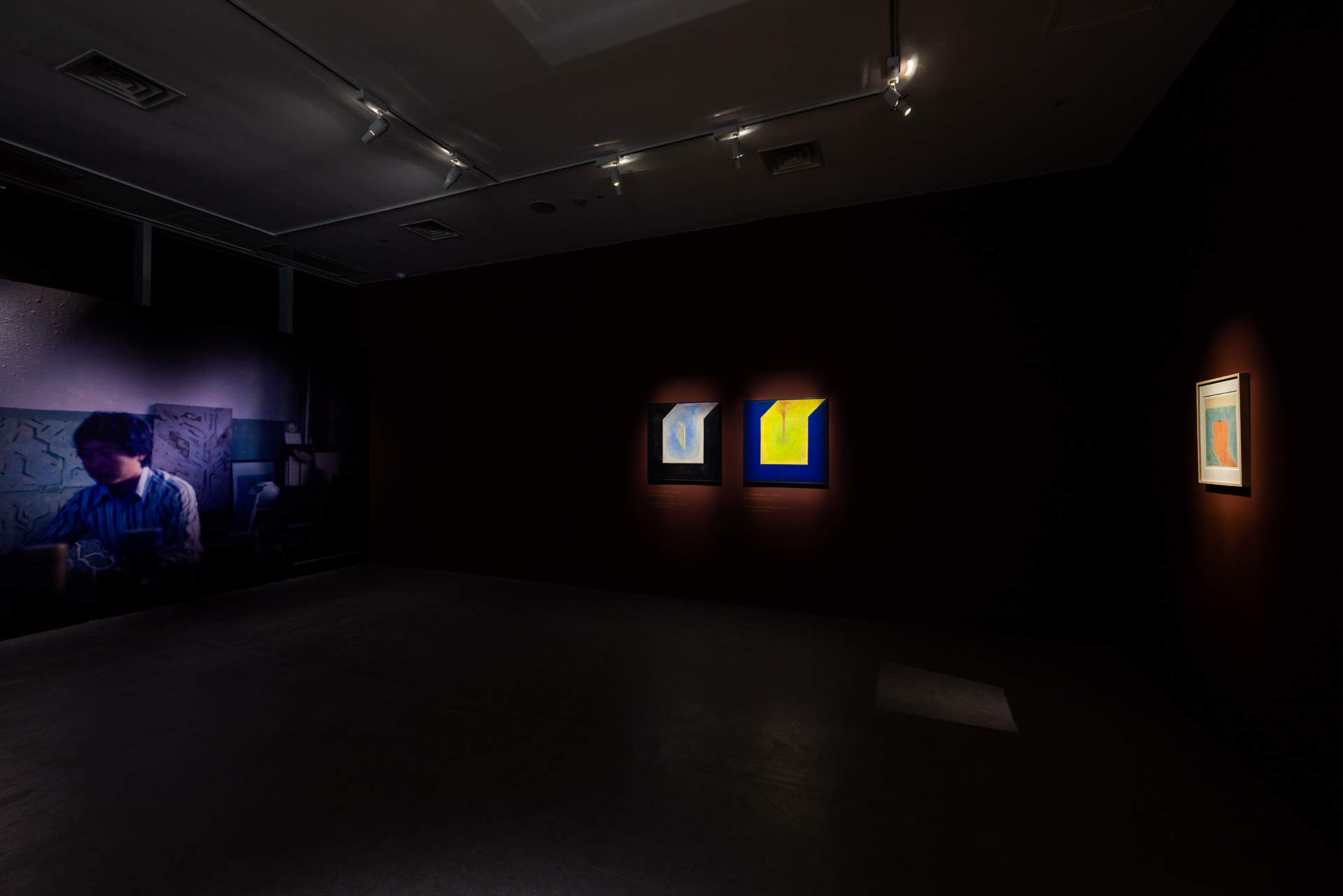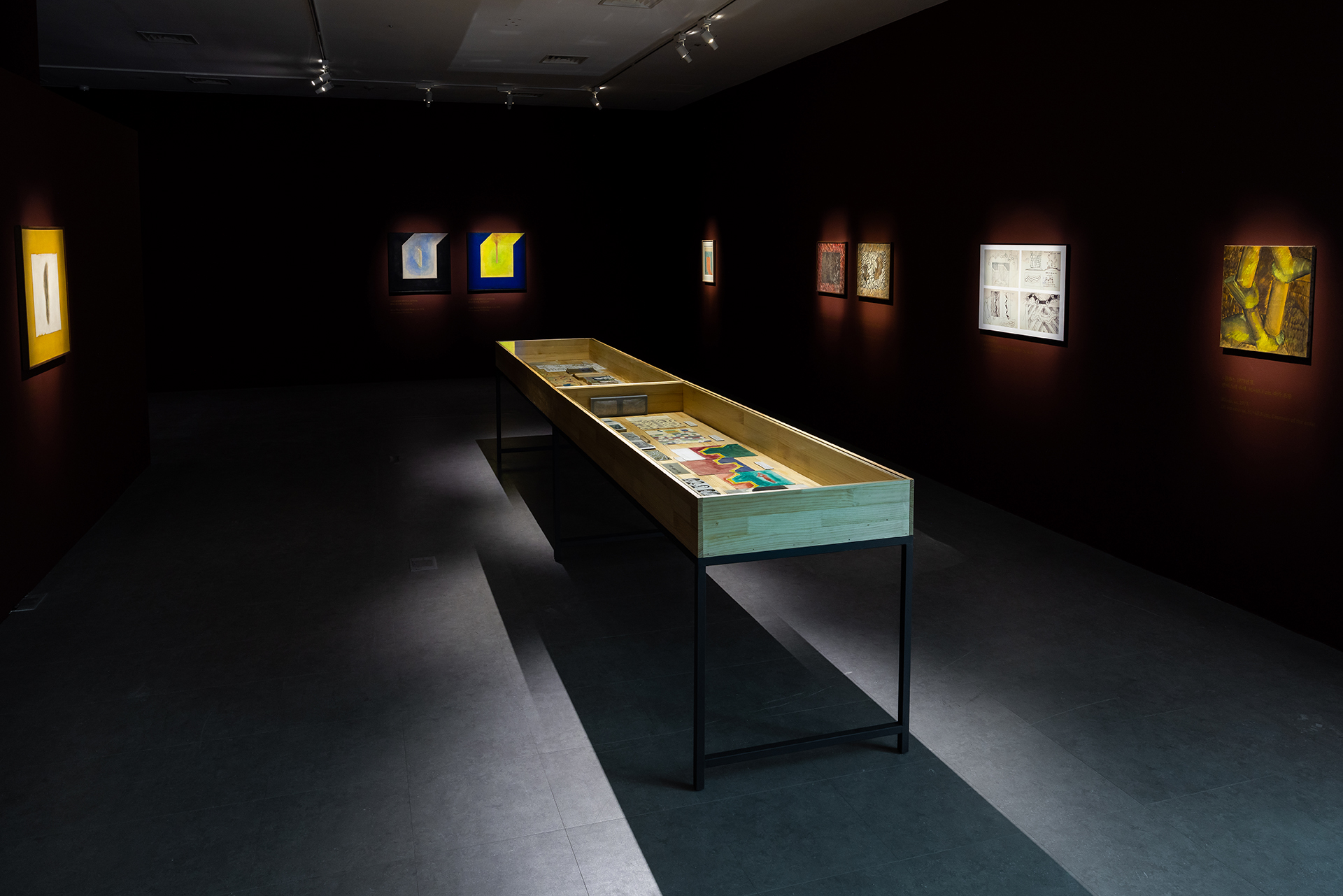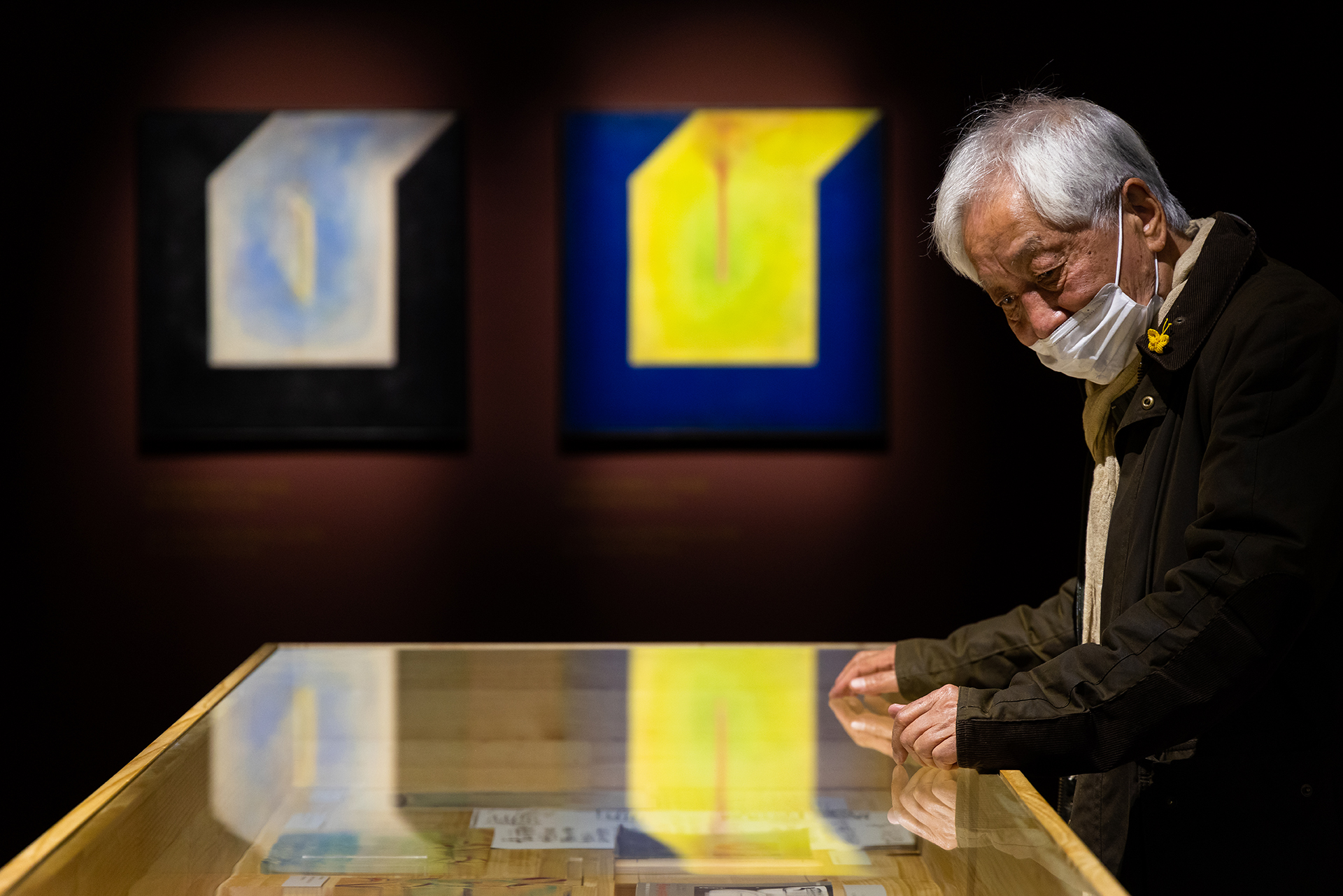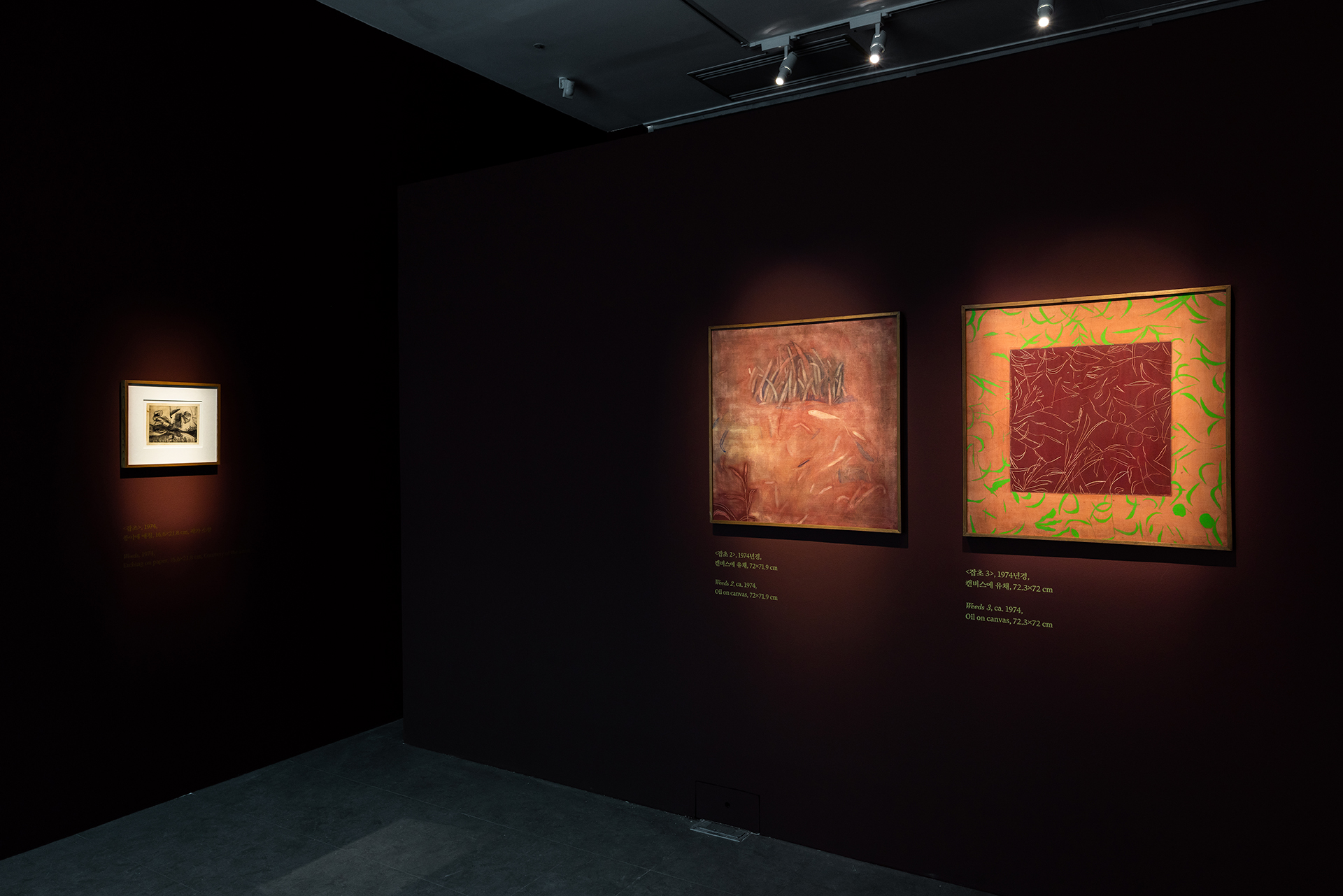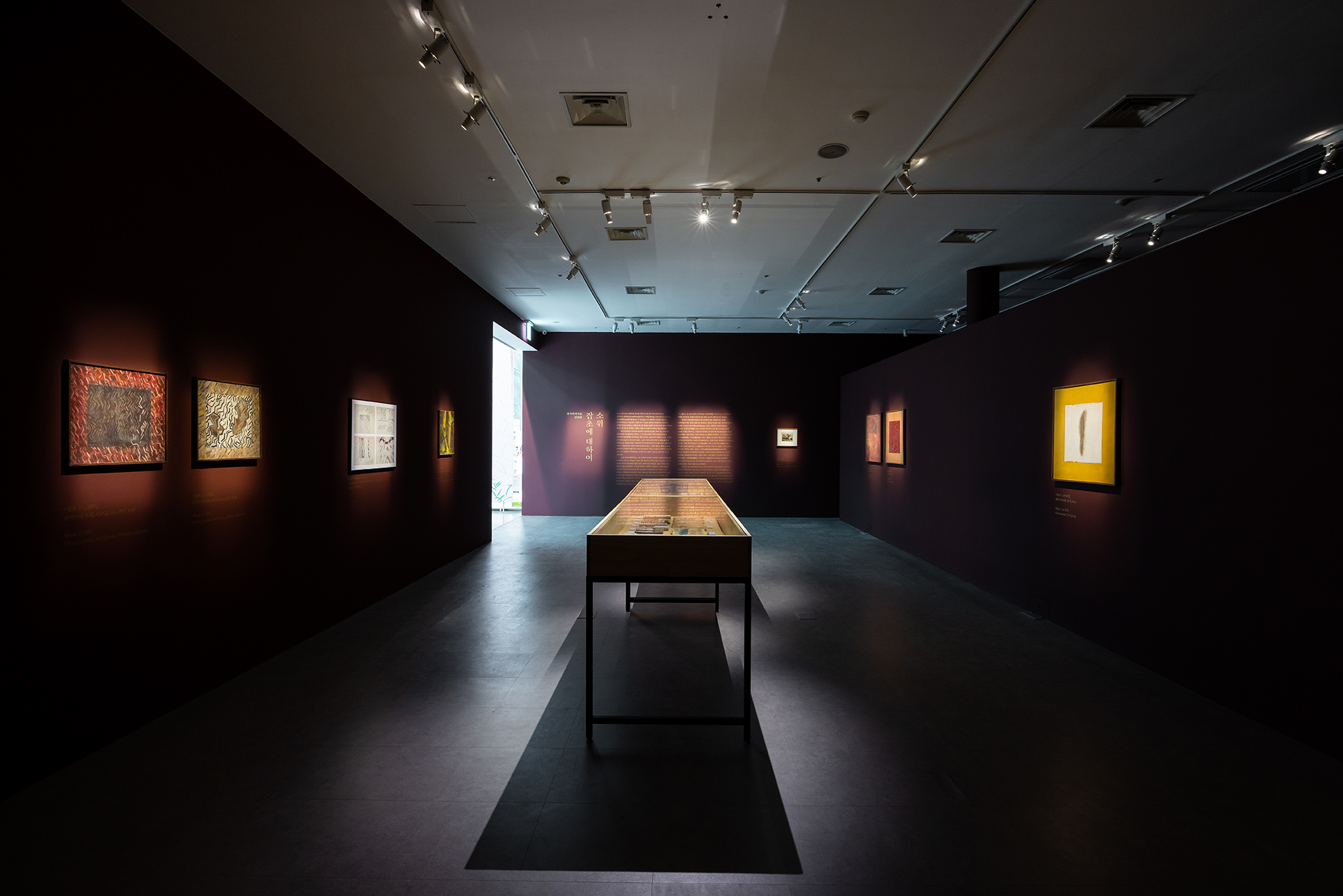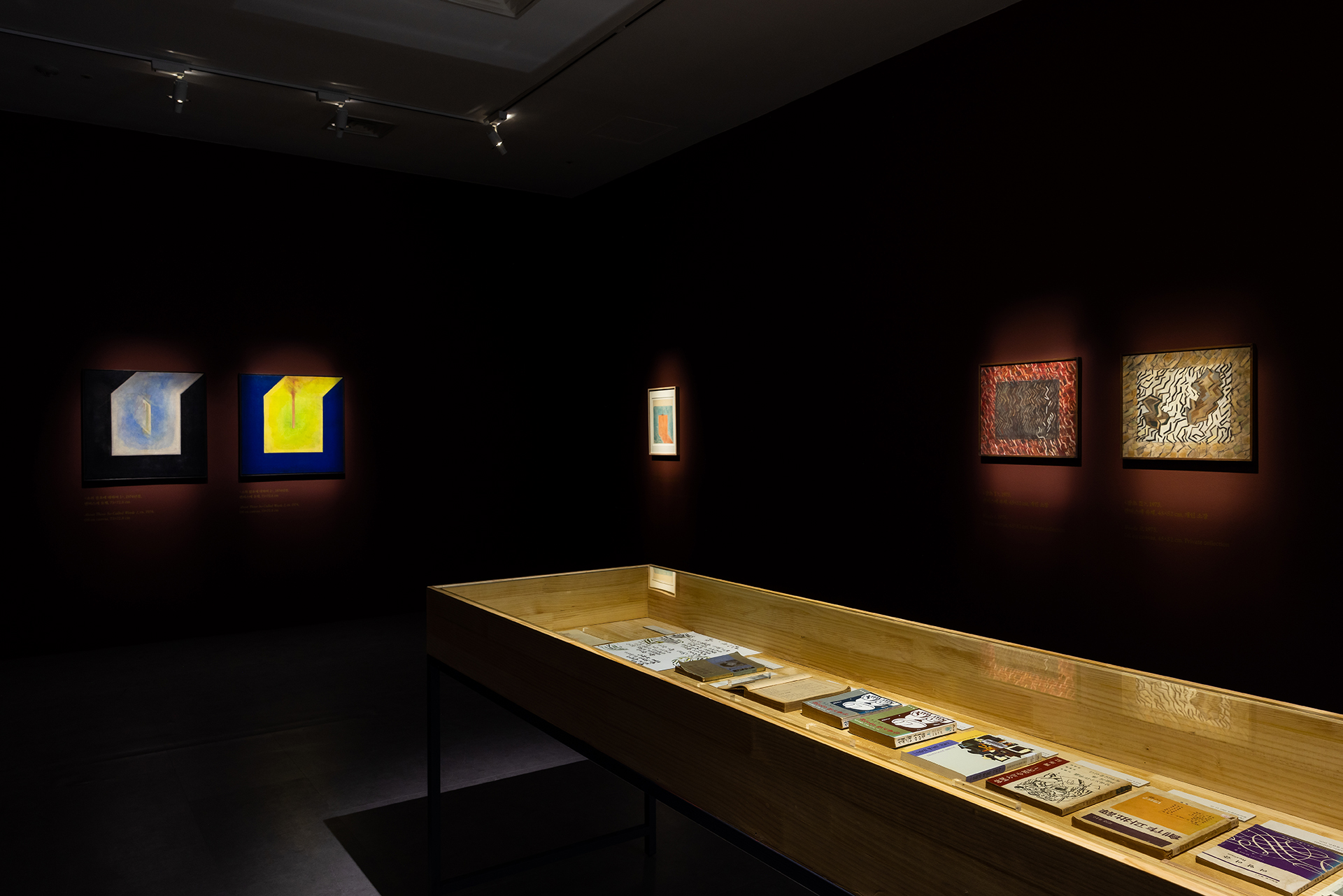Gyeonggi l'archivium
Weeds
2022. 10. 20. — 2023. 03. 05.
GMoMA Project Gallery
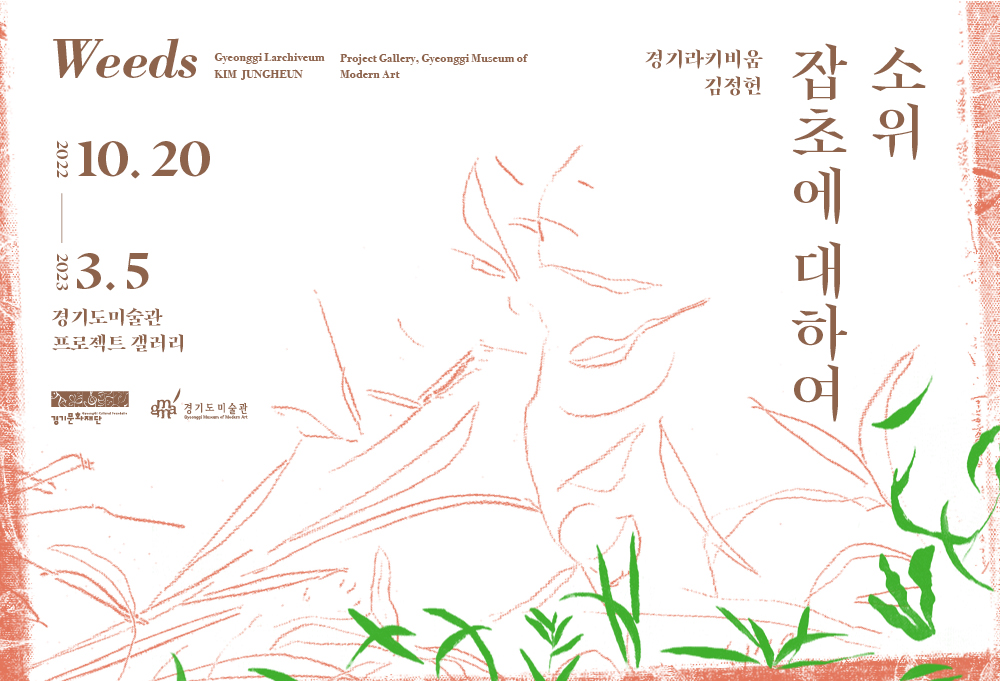
Gyeonggi Museum of Modern Art (GMoMA) is going to open the research-based exhibition ‘Gyeonggi Larchiveum’ from this year. Larchiveum is a portmanteau word of ‘Library,’ ‘Archives,’ and ‘Museum,’ and refers to a space that provides all these functions. Gyeonggi Larchiveum is a new project born in the process of deepening and expanding the collection and research functions of the art museum. This suggests that we see art works as a result of the activities that constitute the artist's entire life, away from the interpretation method that viewed them as a complete and absolute value.
KIM JUNGHEUN (1946~), the first invited artist of Gyeonggi Larchiveum, is considered to be the precursor of Minjung Art. There is no doubt that he not only completed his original work in the midst of social and cultural upheaval, but also left a huge footprint as an educator and administrator. However, research on his works has not been sufficiently conducted so far to comprehensively examine his half-century of painting as an artist. This is because most of the research has been focused on after the establishment of ‘Reality and Utterance’ in 1979, and the significance of previous activities has not been spotlighted. Moreover, it is difficult to grasp the paintings of 1970s due to the lack of data on the time when KIM JUNGHEUN began his life as an educator while searching for a life as a painter.
Weeds paid attention to KIM JUNGHEUN's activities in the 1970s, which was close to a blank, so his early works and materials were newly discovered and gathered together. The starting point was five Weeds series donated to GMoMA in 2021 by KIM JUNGHEUN. Weeds series are geometric abstract paintings of modernism trend that formed a stream of the time. Therefore, it is not easy to find similarities with his other well-known works. However, in the process of collecting and tracing the scattered records, the anguish of a young artist who just stepped into a turbulent society in the 1970s and the ceaseless effort to create an original formative language could be found. In the 1970s, interest in traditional culture and ‘Koreanity’ was on the rise, and the art world was seeking to internationalize Korean art. During this period, KIM JUNGHEUN repeated experiments to build his own world of art without fear of accepting contemporary trends. He explored the beauty of traditional elements such as tomb muurals of Goguryeo, Baekje's Brick with Mountain-and-Water Design, and Silla's Comma-Shaped Jades while dealing with various media such as canvas, cloth, vinyl, paper, and wood.
His works in the 1970s vary widely in form, but the themes are consistent. That was real life. KIM JUNGHEUN read The Social History of Art by Arnold Hauser (1892~1987) and Bunryegi by Bang Young-woong (1942~2022), etc., which were appeared in a series The Quarterly Changbi, a quarterly magazine launched in early 1966, and was aware of the close relationship between art and life, agonized over ‘realism,’ and devoured the books of Cheongnyeonsa. In 1973, ‘weeds’ appeared in his painting for the first time. He paid attention to the crowd nature of weeds, namelessness, and their strong vitality that “the more you step on it, the more it rises and blooms.” As such, for him, weeds were a motif representing the lives of the people. While drawing weeds, KIM JUNGHEUN held the so-called Weeds (1975, 1977) with Oh Su-Fan (1946~) and WONSEUNGDUK (1941~). The weeds that take root without pretentiousness even in the margins probably acted as an emotional sympathy for young artists who had just begun their career in the art world bisected by National Art Exhibition of The Republic of Korea and Dansaekhwa. In addition, he participated in ‘SHIN CHE JE Fine Arts Group‘ and Six-People Exhibition (1978~1979) which were mainly organized by graduates of Seoul National University College of Fine Arts, EXHIBITION OF KOREA EXPERIMENTAL ARTISTS (1974), and Daegu Contemporary Art Festival (1974~1975), etc., seeking a way for art suitable for the new era.
While preparing for this exhibition, we put a lot of effort into searching archives and records in order to gain a more intimate approach to the lives and works of the artist during this period. There were also some artworks their meaning were finally revealed through the archives. In the process of collecting scattered archives and checking the fact, it was possible to discover the fierce torments and challenges of young artists in the 1970s, including KIM JUNGHEUN. As such, it is hoped that the research attempted through Gyeonggi Larchiveum's Weeds will help to describe Korean modern art history in a more three-dimensional manner and further expand its horizons.


